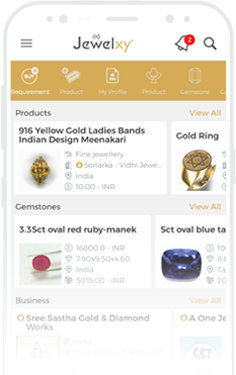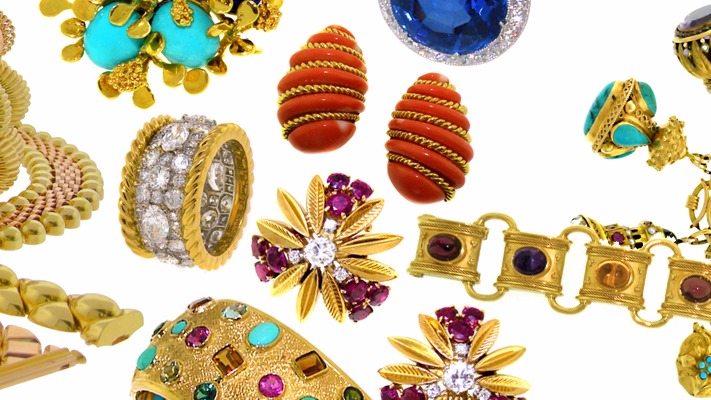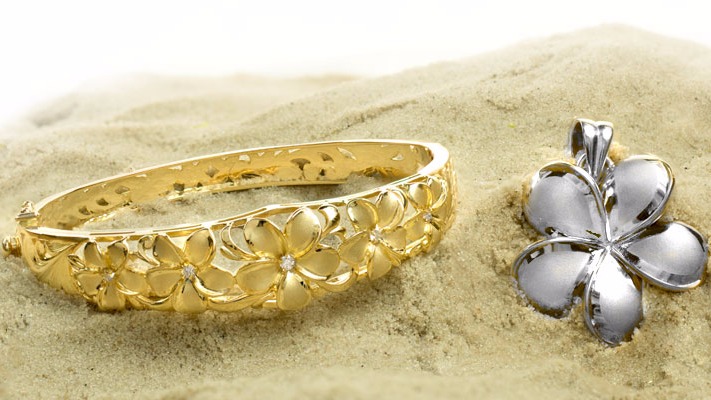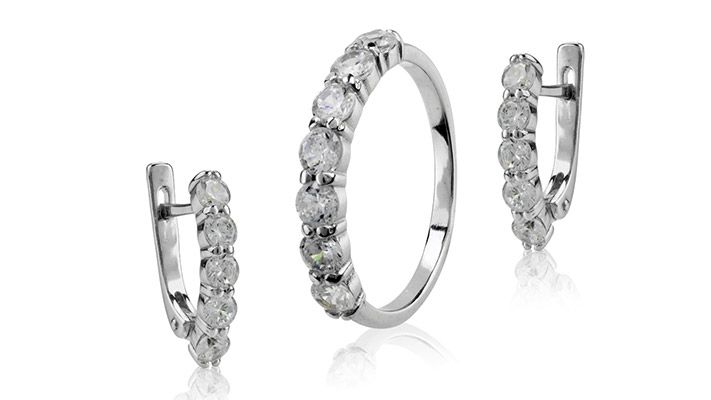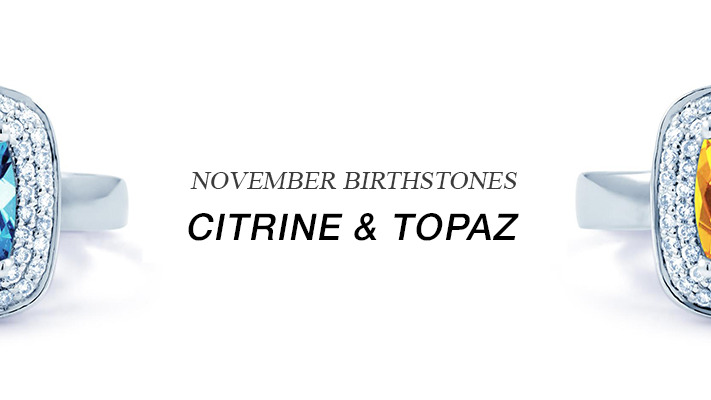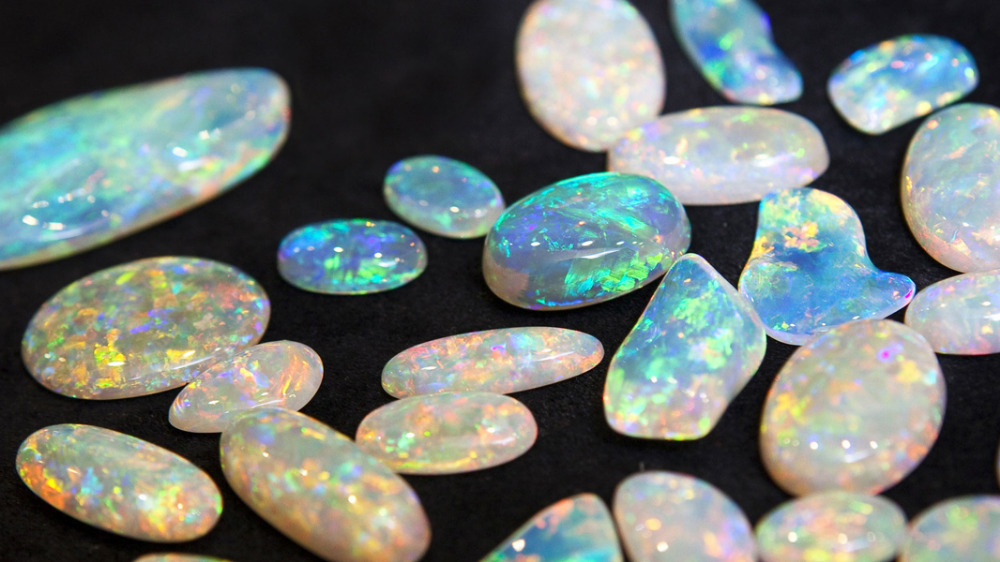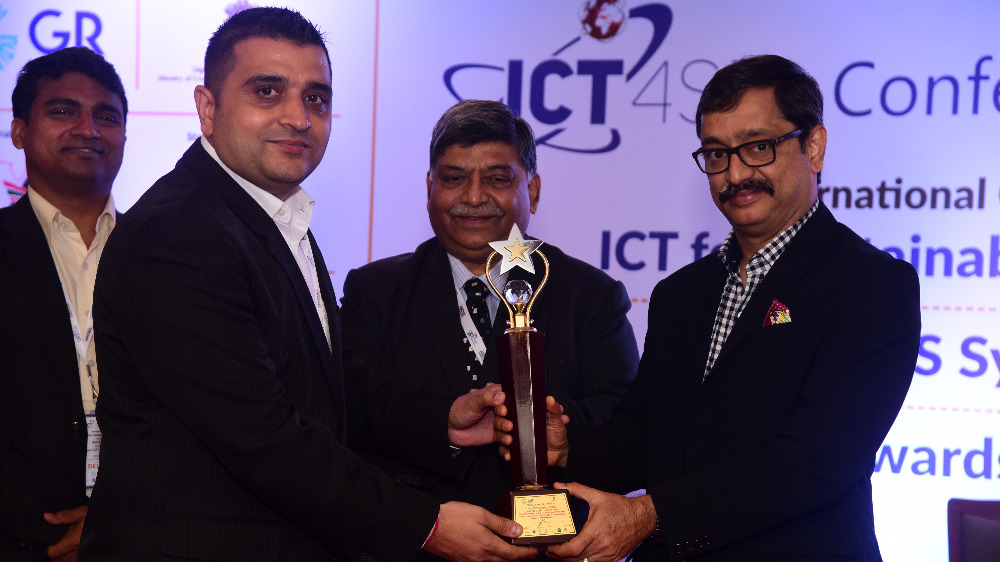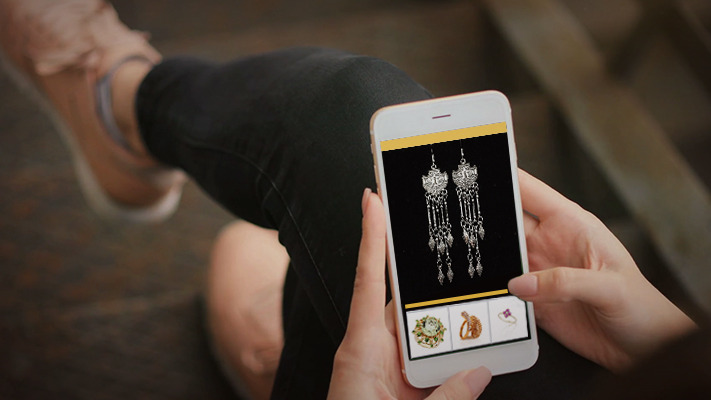Silver Trending Alternative of Gold Jewelry Among Younger Generation
Silver Karat
Jewelry Guide | By: Ruchi Shah
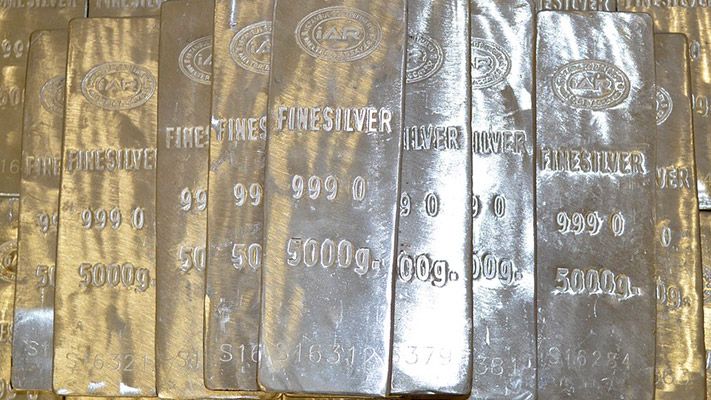
Silver often plays second fiddle to another precious metal – Gold. However, Silver jewelry has been receiving greater affection from younger generation lately.
Pure Silver, also called fine Silver, is relatively soft, very malleable, and easily damaged so it is commonly combined with other metals to produce a more durable product. The most popular of these alloys is Sterling Silver, which consists of 92.5 percent Silver and 7.5 percent copper.
Nonetheless any metal can make up the 7.5 percent non-Silver portion of Sterling Silver. Centuries old experimentations have shown Copper to be its best companion improving the metal's hardness and durability without affecting its beautiful color. The small amount of copper added to sterling has very little effect on the metal's value. The price of the Silver item is, however, affected by the labor involved in making the item, the skill of the craftsmen, and the intricacy of the design.
Sterling Silver is the standard for beautiful high-quality Silver jewelry. It's over 90% pure Silver, mixed with alloys to add strength and durability. And it doesn’t wear down, as Silver plating can.
Modern Silver alloys don't contain nickel, the usual irritant in jewelry metals. Lower percentage Silver alloys like vintage "European" Silver can irritate your skin more easily than Sterling Silver jewelry if you have copper sensitive skin. Old European Silver is 80.0 fine, in other words, 80% Silver and 20% copper combination.
Most high quality Silver items are stamped with a "fineness" or "quality" mark. This mark designates the precious metal content of the jewelry and under federal law, must be accompanied by a maker's mark or registered trademark.
Since, pure Silver is so soft, it should only be used when malleability is required, such as in handcrafted jewelry featuring weaving and other intricate designs. Sterling Silver is most often used for jewelry and household accessories because of its combination of beauty and durability. Acceptable quality marks for sterling Silver include:
- sterling
- sterling Silver
- ster
- 925
The purity or fineness of Silver alloys is also described using the millesimal system in most countries. This system uses a number to represent the purity of the alloy. The number described purity in parts per thousand.
While the fineness of Silver alloys must be stamped or hallmarked into pieces, the millesimal value is generally compulsory and the carat value now optional.
Some of the most common fineness denominations used.
FinenessCommon NamePurity (wt.%)
| Fineness | Common Name | Purity (wt.%) |
| 999 | Fine or pure Silver | 99.9 |
| 958 | Brittania | 95.8 |
| 925 | Sterling Silver | 92.5 |
| 800 | Jewelry Silver | 80 |
With proper care, your fine quality Silver will last a lifetime. To minimize scratches and other damage, store your Silver jewelry either in a cloth pouch or in a separate compartment in your jewelry box.
Silver does tarnish and turn dark grey when exposed to air. Hence, require periodic polishing.
So, intensecare should also be taken to prevent Silver tarnish build-up, a dulling that naturally occurs when Silver reacts with sulfur or hydrogen sulfide in the ambient air. To clean your Silver, use polishes formulated specifically to remove tarnish. While purchasing, look for the fineness mark and the maker's mark on the underside of the Silver item you are considering to ensure the quality.
Understanding more about metals can help you to choose jewelry that is more comfortable and easy to take care of. Always buy your Silver jewelry from a trusted jewelry retailer. You can also get your jewelry customized from a well- known Jewelry designer.
